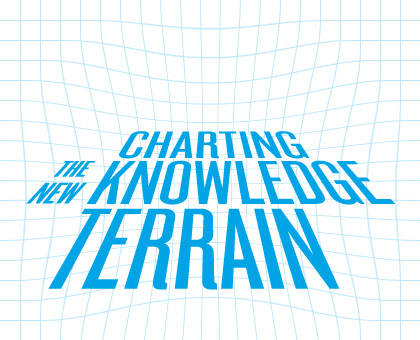September 2010
As geospatial technologies become easier to use, more accessible, and increasingly interactive, maps and other data visualizations are becoming ever more popular forms of communication. Likewise, our ability to collect geolocated data is also expanding. As a result, cartographic representations have permeated popular discourse, offering interpretations on a wide range of issues: domestic and international politics, the Deep Water Horizon oil spill, habitat preservation for endangered species, military strategy and tactics, and many others. To borrow and build on a turn of phrase from Jeff Howarth, a contributor to this issue of Academic Commons, visualizing quantitative data is a powerful, creative act, one that both influences how we interpret data and sets the parameters within which we understand it. 
As spatial data become more ubiquitous, we are challenged to chart new terrain for academic inquiry and pedagogy. Liberal education is increasingly called on to help students develop the visual and quantitative literacies they need to work effectively with data, to discern patterns within and extract significance from them, and to understand and critique the myriad ways in which they are represented towards a variety of ends. In this issue of Academic Commons, NITLE presents case studies of three projects that have begun to chart this new knowledge terrain. Each project connects the creation and communication of knowledge via maps to student engagement and learning; together, they show how data visualization can be used to foster students’ creativity, teach them to define and solve problems within real-world constraints, and make the leap from simply observing bits of data to making sense of them.
NITLE again congratulates these winners of the May 2010 Community Contribution Award and thanks them for advancing geospatial studies within liberal education. As always, we invite you to read these studies and share them with your colleagues, and to offer comments and ask questions.
- SmartChoices: A Geospatial Tool for Community Outreach and Educational Research
- Simple Animations Bring Geographic Processes to Life
- Putting Study Abroad on the Map
